I’ve been travelling to the Faroe Islands since October 2013. I love the country, and I come back a lot. But that means that I’ve also experienced the changes that are happening to the country in terms of tourism. VisitFaroeIslands has done a great job in promoting the country with breathtaking videos featuring Faroese musicians and the weekly take-overs on their Instagram account from famous instagrammers who post beautiful pictures from their sponsored trip to the islands.
Ever since the total solar eclipse of 2015, the Faroe Islands has been experiencing so much popularity, and I’m scared that it can’t keep up. On a snowy day in November, Solveig and I even had an experience with a local, who definitely couldn’t keep up – and who didn’t wish to keep up either.

I’m a tourist myself and I go to the Faroe Islands often because I love it so much. I feel like everyone should have the chance to see it and experience it. I write about it on this blog (58 posts just from the Faroe Islands so far!), and I post pictures from my trips on Instagram frequently. I promote the country as much as I can and I always tell people to go there to see the most beautiful place on Earth for themselves. I even wear a map of the islands on my right leg.
At the same time, I’m scared that my beloved Faroe Islands will turn out like Iceland, where some tourists are vandalizing the beautiful nature and disrespecting the locals, and tourism is even causing the living and travelling costs to rise for the locals!
I never realized how big a problem mass tourism has become in the Faroe Islands until my recent trip in November. I learned that over 200,000 tourists come to the country every year, by far outnumbering the local population of just 50,000. And apparently, the locals are seeing a shift in the types of tourists that come there. While the Faroe Islands used to be for the daring and adventure-seeking travellers, they are now seeing more bucket-list tourists than ever. People who only go to the most ‘famous’ spots in the country, get transported by tourist busses and sleep in expensive hotels. This, in my opinion, is not the way to experience a culture, where villagers for just a few decades ago still walked over the mountains on a Sunday morning to get to church.
Of course, the adventurous travellers are still going there, as the country is still largely unspoiled and nowhere near as exposed to mass tourism as Iceland and Norway for example. But the adventurous tourists aren’t always ‘good tourists’ either. Several foreigners have died in the mountains in recent years, because they don’t realize the dangers of the wild and untamed nature. And on Mykines, the westernmost island known for its rich bird life, hikers now need to have a local guide with them to go out to the lighthouse, as too many tourists have proven that they can’t stay on the hiking trail and instead step on the birds nests.
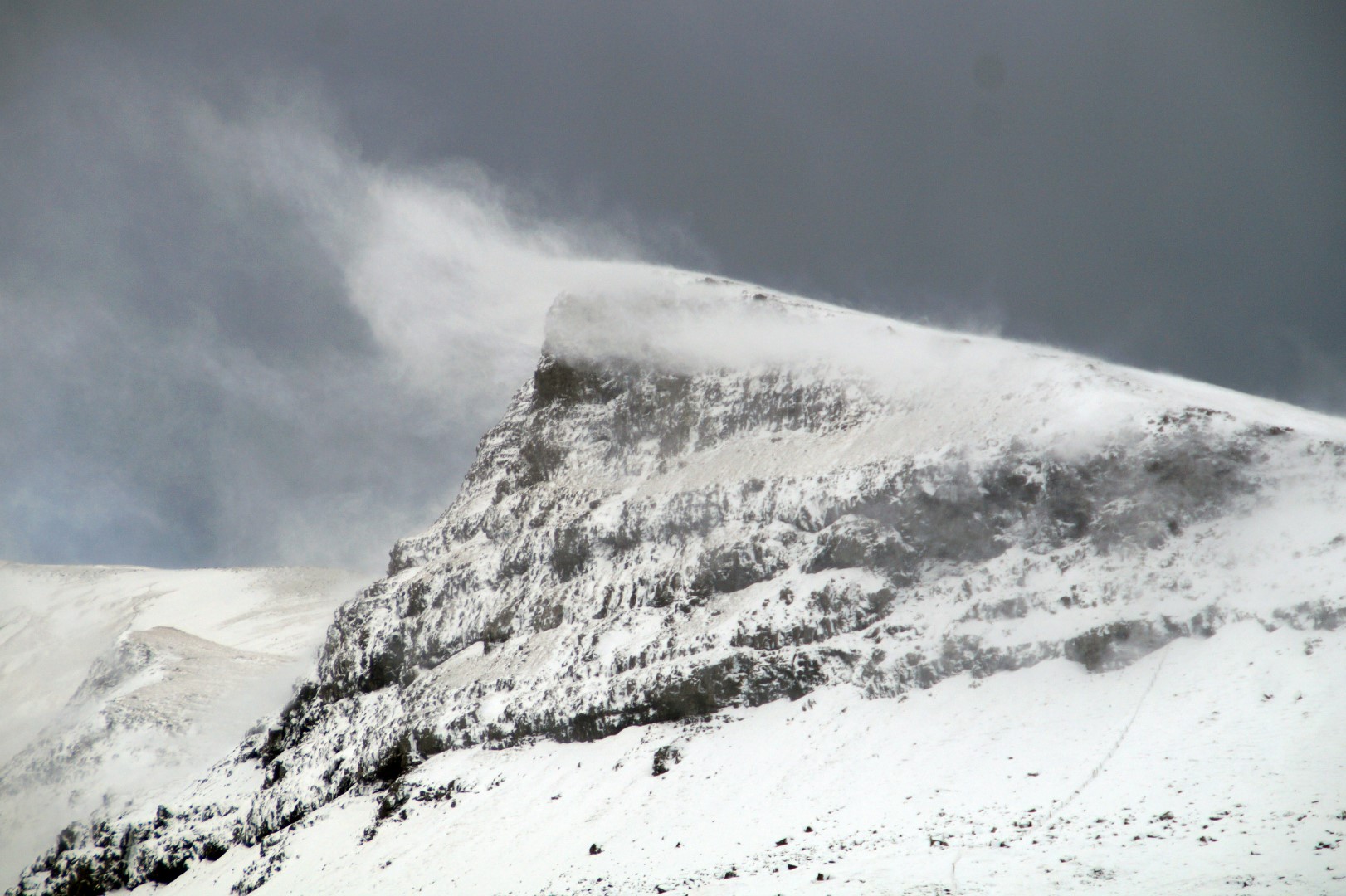
As I wrote further up, Solveig and I also experienced local hostility towards tourism ourselves when we went on a trip to Saksun, one of the most beautiful (and famous) places in the country.
The snow had fallen the day before, covering the entire country in a beautiful soft blanket of white. I wanted to show Solveig some of my favourite places in snow, so naturally, we headed to Saksun. The village, which is home to only 8 people, is famous for its turf-roofed houses located above a tidal lagoon and surrounded by high mountains. One cabin, in particular, is a famous spot for photography, but I hadn’t yet been to that exact spot. We also didn’t get there, because we were told that we weren’t welcome. I’m not going to post a picture of the famous cabin here as I don’t wish to violate the owners of the land, but if you google Saksun, you will know which one I’m talking about. It’s gorgeous and I understand the appeal – I wanted to see it and photograph it too.

Beautiful Saksun with its turf-roofed houses
As we walked along the road Saksunarvegur leading up to a farm, which is situated a few hundred metres before the cabin, we noticed a sign saying that only cars of the residents were allowed. Still, we didn’t think there would be any harm in walking up there, as we honestly thought there was a public path to the cabin, which has been photographed hundreds and hundreds of times (as seen on Instagram and other travel blogs). Two other tourists followed us and they kept on walking when we stopped to talk to three adorable dogs outside the farm. Then I heard someone shout. “Ey!”. Okay, someone is shouting to their dogs, I thought. But then I saw a man appearing from the farm, looking furious. I pointed to a road that leads around his farm (and not into it!) and asked him in Danish if it was okay to walk there. He bluntly and rudely told us to get away. “Hold jer væk”, he said (translated to “stay away”). We couldn’t believe our own ears.
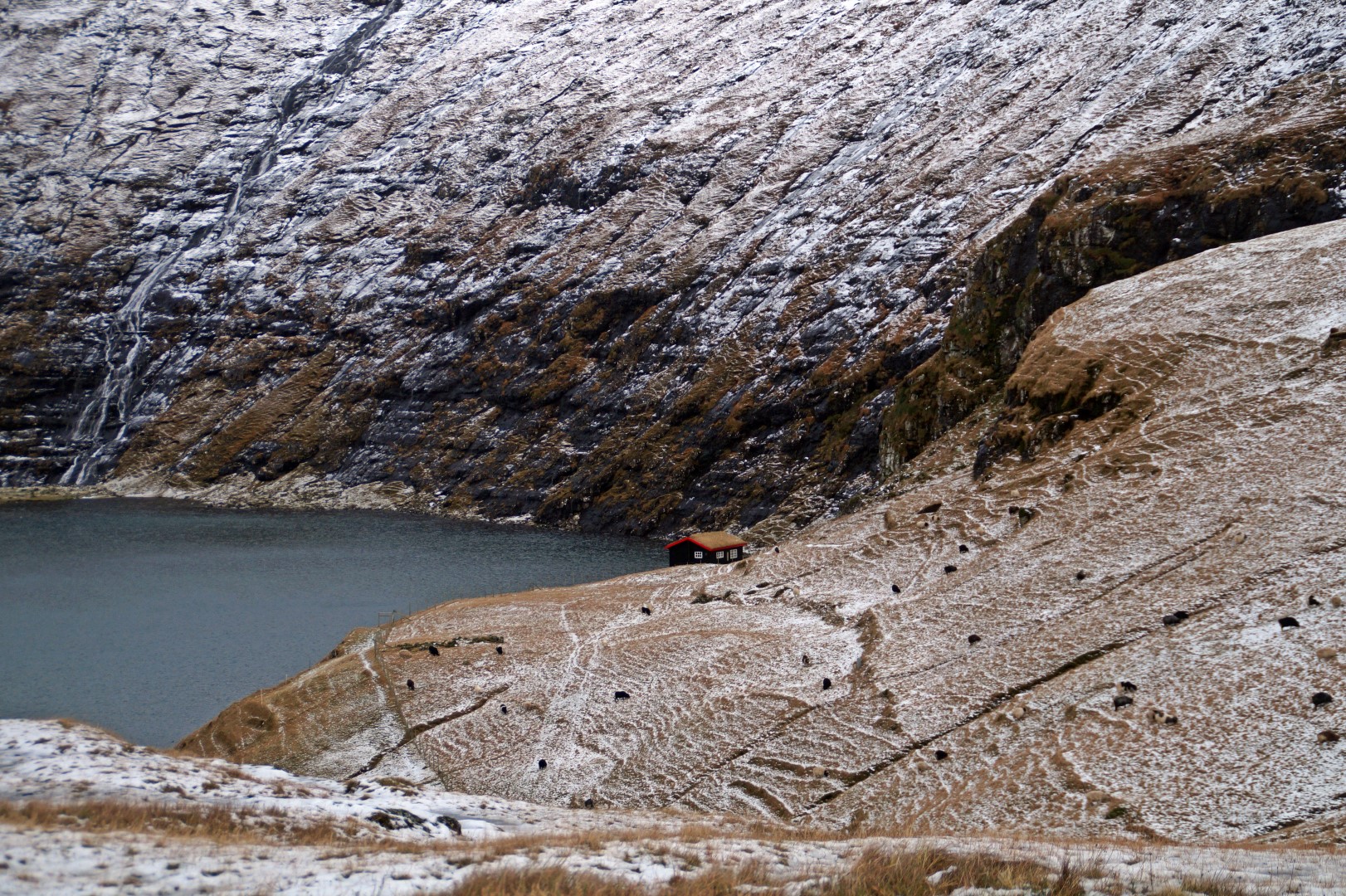
We decided to climb the mountain above Saksun on a public path to see if we could see the tiny cabin from there, but a snow storm forced us back down before we got very far. We saw the man come driving from his farm to the “center” of the small village, near Erlings house. When we got back down and walked past him on our way to the house, he looked at us like we were in the wrong, but he didn’t say anything. He definitely saw us walk up to the house, and I’m sure he was thinking that we were intruding on private property.
But Erling has told me that I’m always welcome there, so we let ourselves in and while we were eating our lunch by the window, I saw him drive right up to the house! Nervous as anything, I went to the door and had a look outside. I couldn’t see anything. He had disappeared. It was like a scary horror movie! We were there for about half an hour and kept hearing these weird noises, making us think of all sorts of scenarios of him locking us inside the house or something, haha! But of course nothing happened, and we saw nothing more of him when we walked back to the car and drove out of the village.
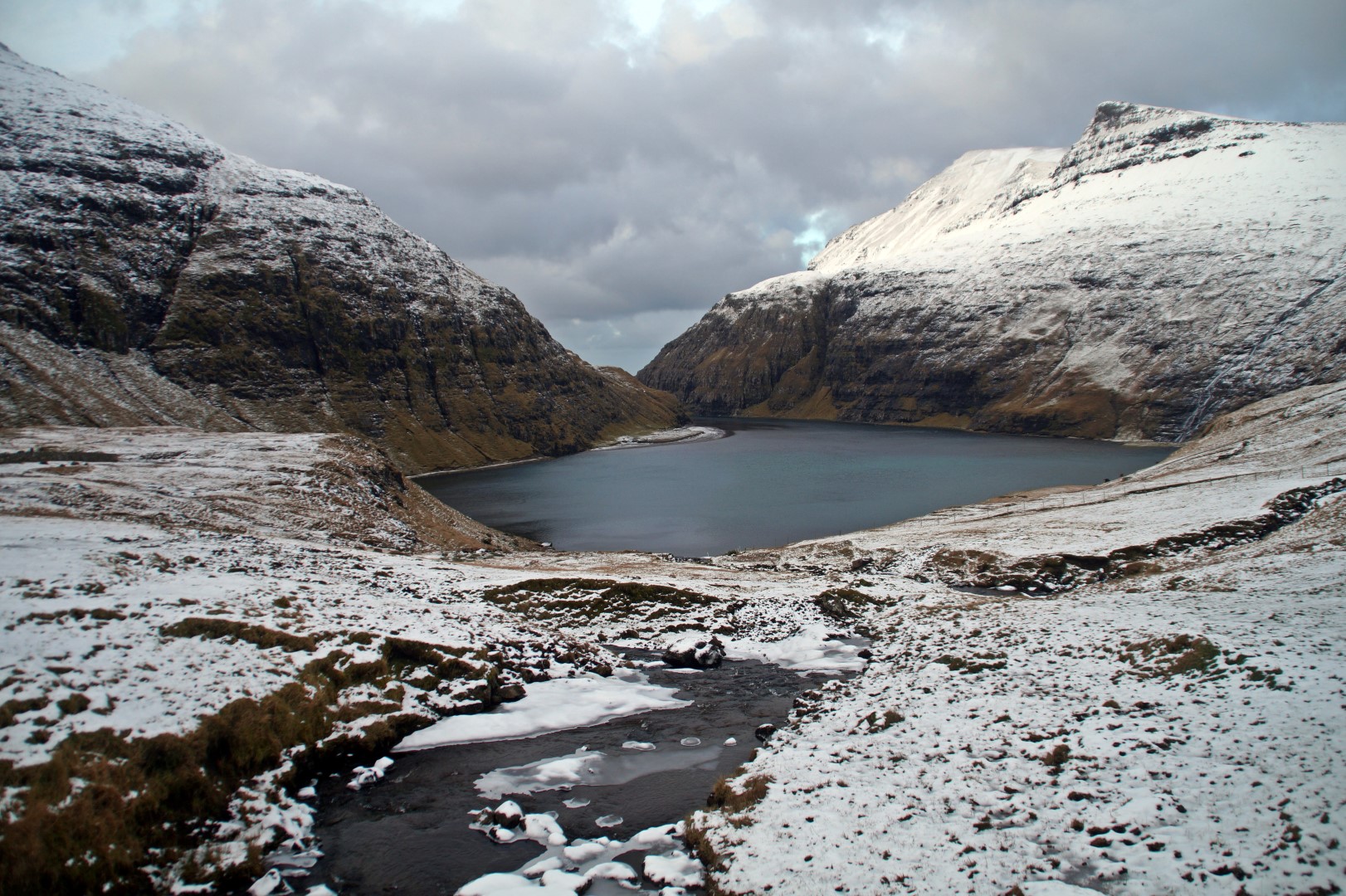
Of course, I can’t imagine what it’s like to live in such a small village, which is frequently visited by tourists from all over the world in tour busses, especially during summer time, but I understand how frustrating it must be. Still, I don’t think it gives him a right to be so rude to people, and we’ve since heard from other locals that he’s notorious for being unpleasent and hateful towards tourists. My suggestion to him would be to have clear (but friendly) signage and to point tourists that come near his farm in a direction that they are allowed to go. Because there are public paths going up into the mountains, from where the view is just as amazing. It’s totally okay not to want people invading your privacy – and I’m sure that some people have climbed over his fences and looked in his windows (which is so not okay!!) – but it’s still not okay to talk to people in such a way – or to scare them half to death.
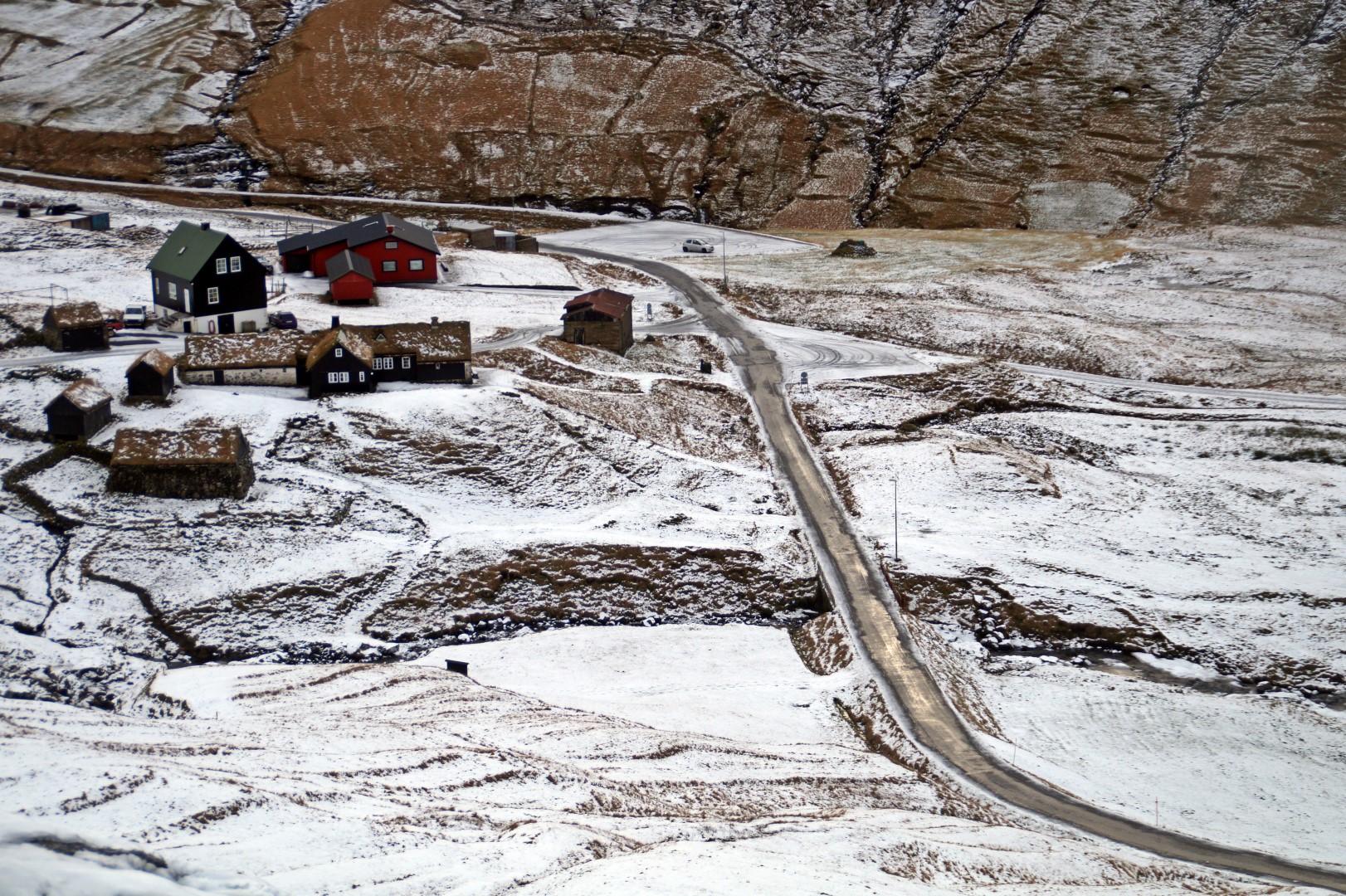
BUT keep in mind that this is just one person – 99,9 % of the locals in the Faroe Islands are friendly and easy-going and will do everything they can to help each other and tourists. Most Faroese people love to show off their beautiful country, and in my experience, hitchhiking is so easy there! This is one person, who made us feel uncomfortable, but it’s also my first experience with a rude Faroese person. I actually didn’t even think they existed beforehand!
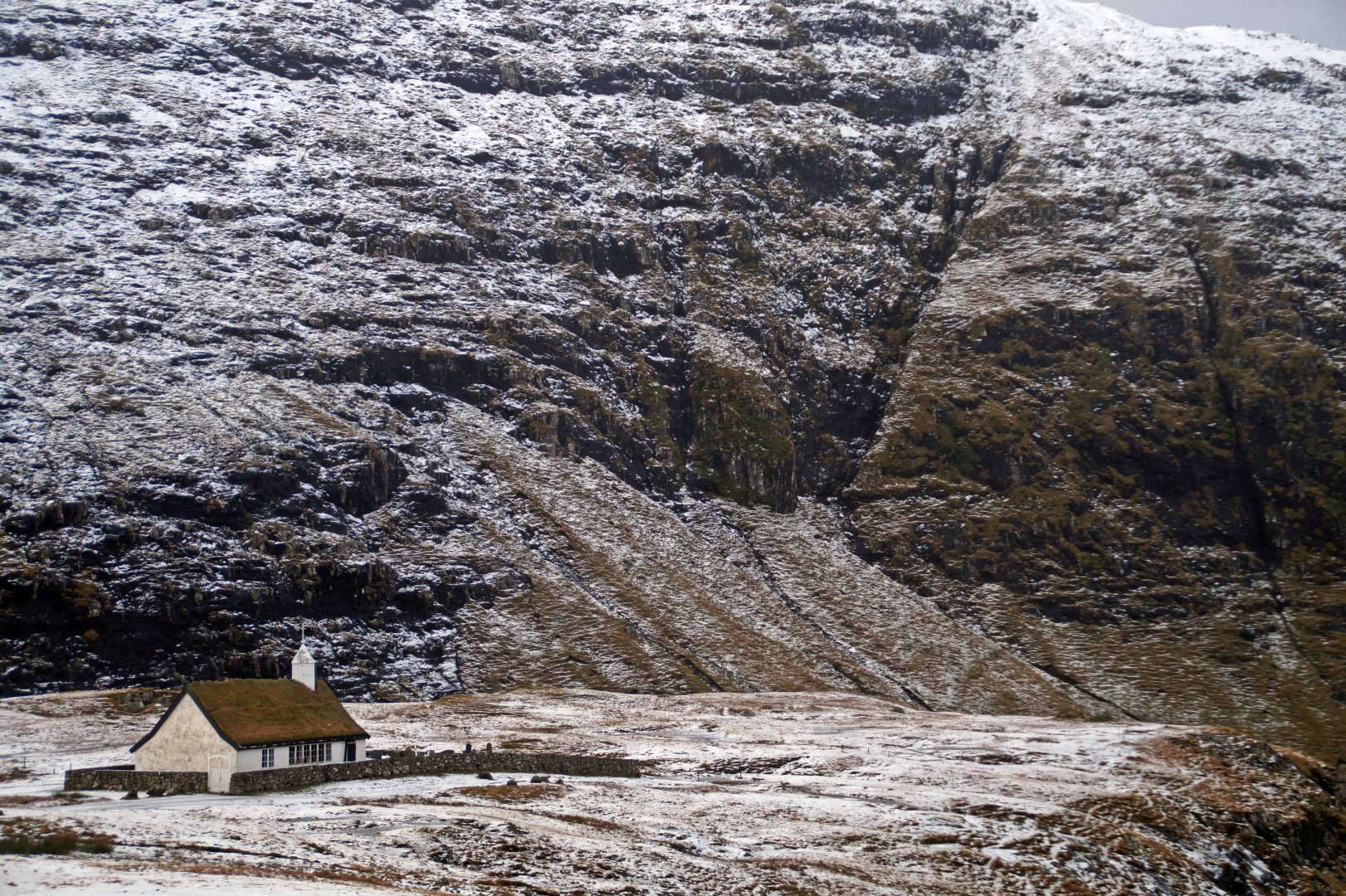
So now I’ve experienced the downsides of mass tourism first-hand. Some locals can’t deal with their village being popular, and quite frankly, they shouldn’t have to deal with people invading their privacy, although I do think they should be proud that so many people find their home so beautiful. After all, it’s better to make something positive of it, as it’s only going to get worse with more and more people around the world starting to recognize the beauty of the Faroe Islands.
With this post, I’m definitely not saying that you shouldn’t visit the Faroe Islands. It’s so beautiful, and everyone deserves to see it – including you! But be aware of the dangers, don’t vandalize the nature and be kind and respectful towards the locals. Don’t climb any fences, especially not in Saksun. And all of this is true for Iceland as well.
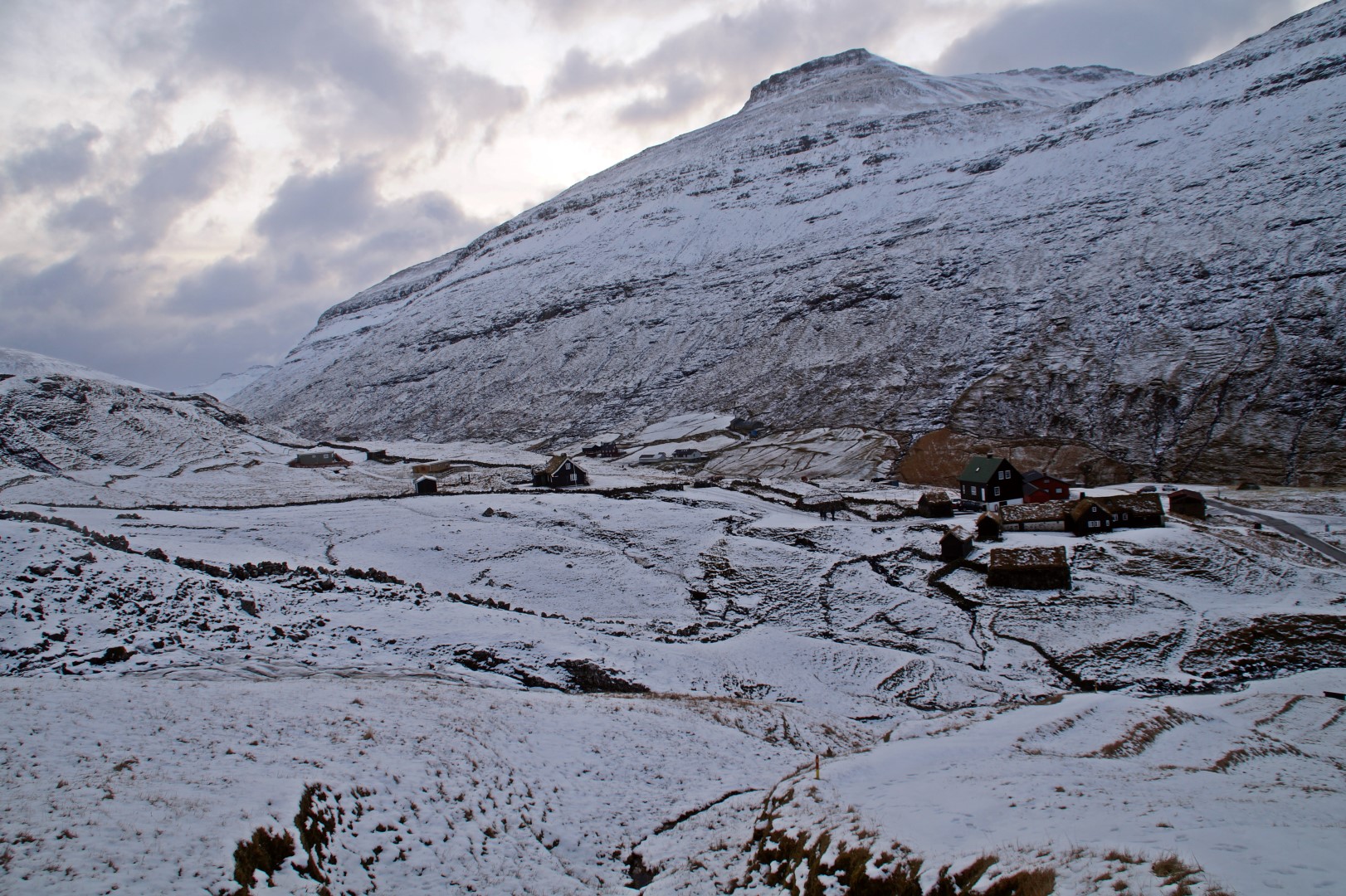
Come to the Faroe Islands, enjoy it and be respectful. Be kind to the nature, the locals and the animals. As Chief Seattle once said:


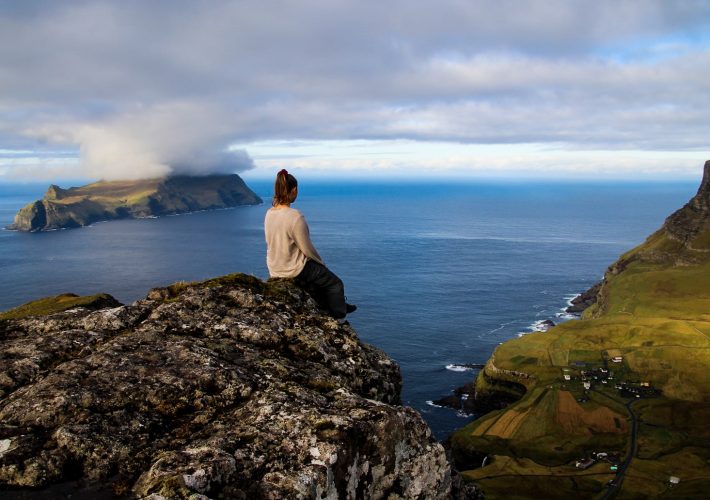
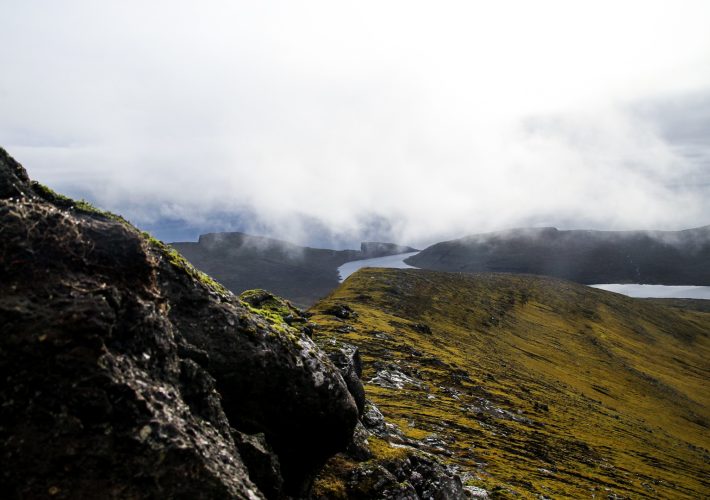

2 COMMENTS
Ann
7 years agoUnfortunately, the population on our planet Earth is growing so fast that soon won’t be empty spots. People are everywhere and they forgot how important is to respect each other’s privacy. Or how important is to keep our planet clean. There are few places where human’s feet did not step yet, it’s a bit scaring. Regretfully, tourism has been converted into a successful business where travel agencies do not think about showing you some new countries to widen your intellect, but to earn money on you. Comfortable buses, nice hotels, spas and so on. The more services, the better – you pay money. It’s a materialist world where people do not evaluate what is around them. Hope, dear Mel, you and other good travelers can change this world for the better. Write more about it and make people think – it can be the first step to understand that humans are the only ones who destroy the beauty and innocence of our planet . It is time to realize that we will be forced to look for the other planet soon if we do not stop…
Melissa Cherry
7 years agoI agree with everything you wrote Ann! It’s scary how fast the earth is changing and while I love the fact that we’re all so well connected now, it definitely has its downsides. I will think about writing more about the matter – maybe a post about Iceland is next? The problems there are a lot more severe than on the Faroe Islands, although I haven’t experienced them in the same way as I have on the Faroes.
Have a great weekend Ann <3